
Summary of Contents
Introduction
Northeast India is blessed with diverse climates, making it a perfect region for organic farming. From high-demand spices to nutrient-rich grains, this region is home to a variety of organic crops that not only thrive in its rich soil but also bring significant economic value. The adoption of organic farming methods has empowered farmers to cultivate crops that are both sustainable and profitable. Below is a list of the top 20 organic crops grown in Northeast India, each with unique characteristics and economic potential.
Ginger – Spicy Root Power
Ginger has long been one of the most sought-after organic crops from Northeast India, particularly because of its medicinal properties and culinary versatility. The cool, hilly regions of Assam, Sikkim, and Meghalaya provide the perfect conditions for growing this spicy root. Known for its anti-inflammatory benefits, ginger from this region is prized for its high essential oil content and distinct flavor, making it a popular export product.

- States Grown In: Assam, Sikkim, Meghalaya
- Market Size (Rupees): ₹2,500 Crore
- Popular Local Variant: Nadia Ginger
- Crop Benefits: Anti-inflammatory, boosts immunity
- Processing Variants: Dried, powdered
- Value-Added Products: Ginger oil, ginger candy
- Economic Benefits: High export demand
- Best Farming Method: Organic mulching
- Current Trend: Rising demand in global markets
Turmeric – Golden Wonder
The golden spice of India, turmeric, is grown extensively in the fertile soils of Arunachal Pradesh, Meghalaya, and Nagaland. Lakadong Turmeric from Meghalaya is renowned for its high curcumin content, which makes it particularly valuable in medicinal and health food markets. Turmeric’s demand is consistently growing, both locally and internationally, thanks to its anti-inflammatory and antioxidant properties, which have made it a must-have in natural health remedies.
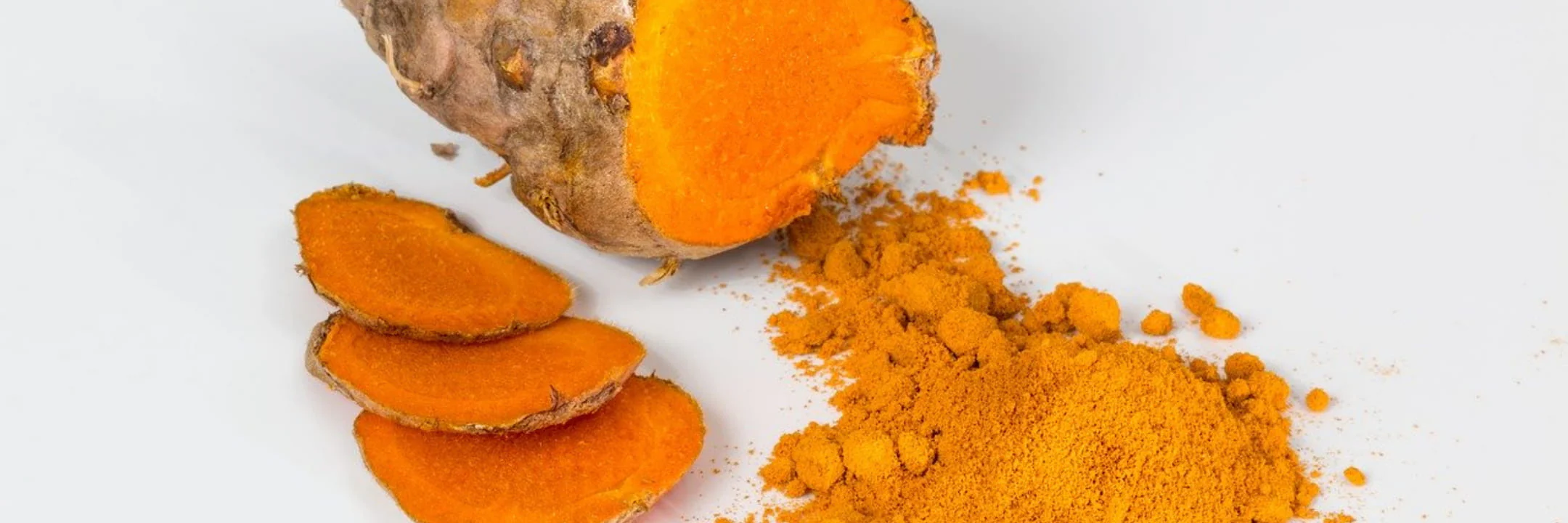
- States Grown In: Arunachal Pradesh, Meghalaya, Nagaland
- Market Size (Rupees): ₹3,000 Crore
- Popular Local Variant: Lakadong Turmeric
- Crop Benefits: Anti-inflammatory, high curcumin content
- Processing Variants: Dried, powdered
- Value-Added Products: Turmeric oil, capsules
- Economic Benefits: High price due to medicinal properties
- Best Farming Method: Crop rotation with legumes
- Current Trend: Organic turmeric in high global demand
Bamboo Shoots – Fiber-Rich Delight
Bamboo shoots are an essential part of the culinary landscape in Northeast India, commonly used in pickles and fermented dishes. This crop thrives in the moist, hilly regions of Manipur, Mizoram, and Assam. Bamboo shoots are low in calories but high in fiber, making them popular in health-conscious markets. Their ability to be processed into multiple forms like pickles, canned shoots, and even bamboo vinegar adds significant economic value.
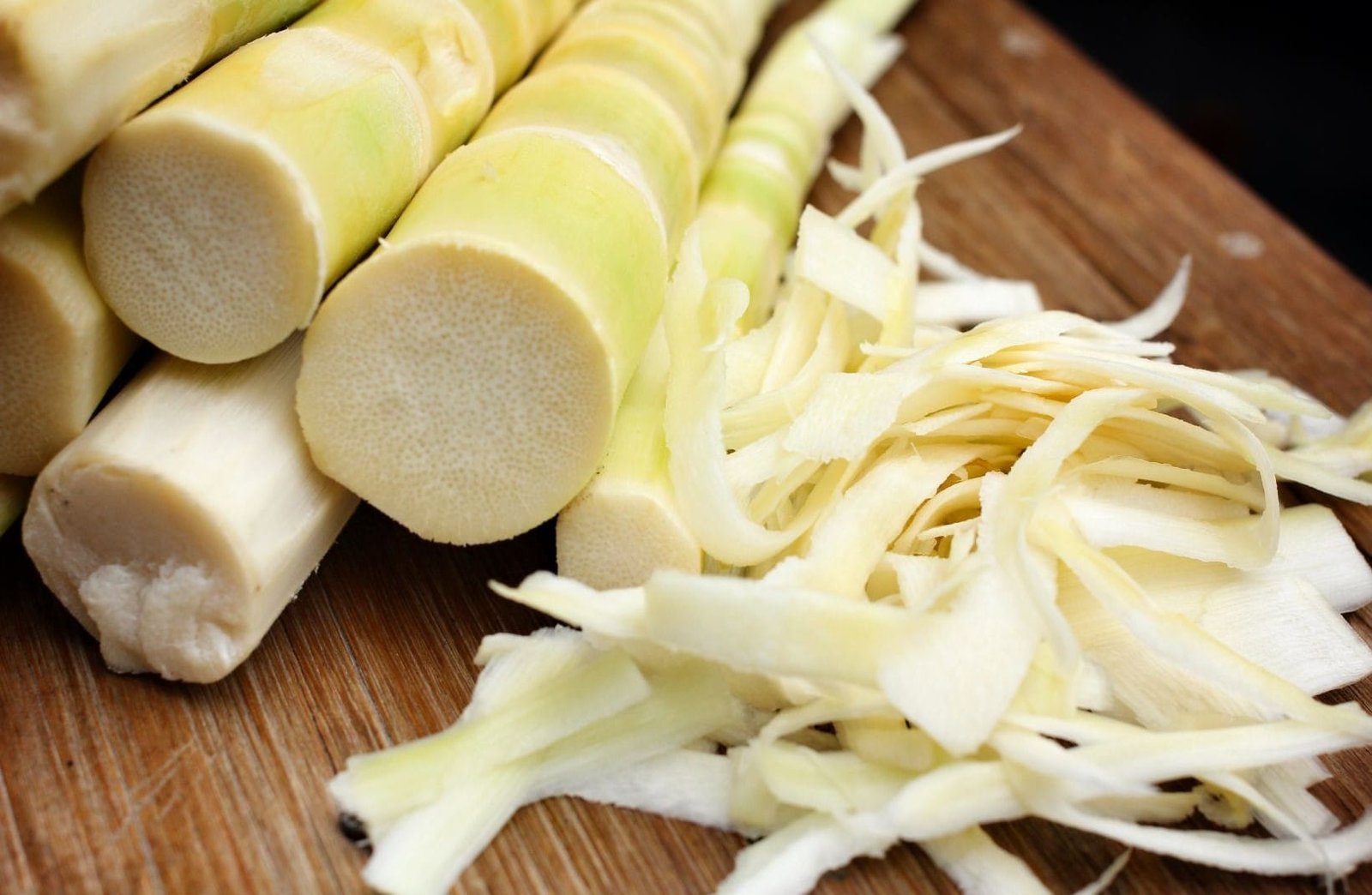
- States Grown In: Manipur, Mizoram, Assam
- Market Size (Rupees): ₹400 Crore
- Popular Local Variant: Young Bamboo Shoots
- Crop Benefits: High in fiber, low in calories
- Processing Variants: Fermented, dried
- Value-Added Products: Pickles, canned shoots
- Economic Benefits: Steady demand in the processed food industry
- Best Farming Method: Agroforestry
- Current Trend: Increasing popularity as a health food
Black Rice – Antioxidant-Rich Grain
Black rice, known locally as Chakhao, is a premium variety of rice grown in Manipur and Assam. Its deep black color and nutty flavor make it a favorite in health-conscious markets. This crop is rich in antioxidants and has gained attention for its nutritional benefits, particularly for reducing inflammation and improving heart health. Organic black rice is a rising star in both gourmet and health food industries, with high demand domestically and abroad.

- States Grown In: Manipur, Assam
- Market Size (Rupees): ₹500 Crore
- Popular Local Variant: Chakhao Rice
- Crop Benefits: High in antioxidants
- Processing Variants: Unpolished, parboiled
- Value-Added Products: Rice flour, rice noodles
- Economic Benefits: Premium pricing in health food markets
- Best Farming Method: System of Rice Intensification (SRI)
- Current Trend: Growing demand in gourmet markets
Chili Peppers – Fiery Spice
Bhut Jolokia, also known as the Ghost Pepper, is one of the hottest chili peppers in the world and hails from Northeast India. Popular in Assam, Nagaland, and Manipur, this fiery chili is not just a kitchen staple but also used in defense and medicinal products. Its unique flavor and extreme heat make it highly valuable, both for fresh consumption and as a processed product like sauces or powders.

- States Grown In: Assam, Nagaland, Manipur
- Market Size (Rupees): ₹800 Crore
- Popular Local Variant: Bhut Jolokia
- Crop Benefits: Rich in vitamins, anti-inflammatory
- Processing Variants: Dried, powdered
- Value-Added Products: Chili oil, sauces
- Economic Benefits: High demand in both domestic and export markets
- Best Farming Method: Organic composting
- Current Trend: Hot sauce industry growth
Cardamom – Aromatic Queen
Known as the queen of spices, large cardamom is extensively cultivated in the lush hills of Sikkim and Arunachal Pradesh. This aromatic spice is highly sought after for its flavor and medicinal benefits, especially in Middle Eastern and European markets. Organic cardamom commands premium pricing, making it a valuable cash crop for small and large-scale farmers alike. Processing includes drying and grinding to make cardamom powder, which is used in both sweet and savory dishes.

- States Grown In: Sikkim, Arunachal Pradesh
- Market Size (Rupees): ₹600 Crore
- Popular Local Variant: Large cardamom
- Crop Benefits: Aromatic, digestive aid
- Processing Variants: Dried, ground
- Value-Added Products: Cardamom oil, powder
- Economic Benefits: High export demand due to quality
- Best Farming Method: Organic mulching and shade cultivation
- Current Trend: Increasing demand in international markets
Tea – Antioxidant Brew
Organic tea from Assam and Arunachal Pradesh has a global reputation for its rich flavor and antioxidant properties. Tea farming in this region benefits from the natural terrain and climate, which allows for the cultivation of high-quality, pesticide-free leaves. Organic tea fetches higher prices in both domestic and international markets, particularly among health-conscious consumers.
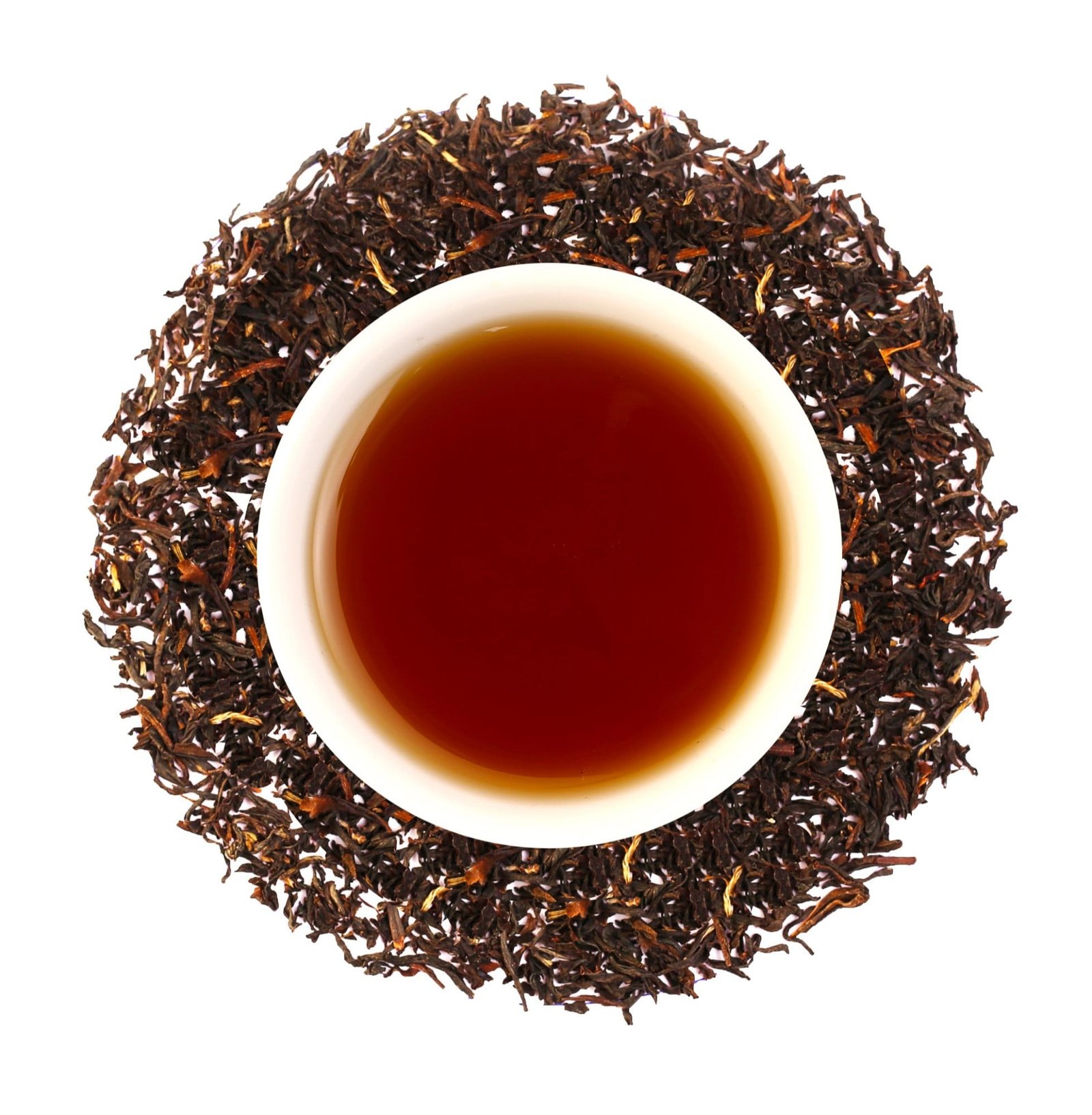
- States Grown In: Assam, Arunachal Pradesh
- Market Size (Rupees): ₹5,000 Crore
- Popular Local Variant: Assam Orthodox Tea
- Crop Benefits: Rich in antioxidants
- Processing Variants: Dried, fermented
- Value-Added Products: Tea bags, tea powder, iced tea
- Economic Benefits: Premium pricing for organic varieties
- Best Farming Method: Shade-grown, pesticide-free
- Current Trend: Growing demand for organic and herbal blends
Lemon Grass – Herbal Elixir
Lemon grass is a versatile herb used in everything from herbal teas to essential oils. It grows well in the temperate climates of Assam, Nagaland, and Sikkim. Known for its anti-inflammatory and digestive benefits, lemon grass is highly valued in the aromatherapy and herbal tea markets. Its essential oil is a key ingredient in many natural skincare and household products.
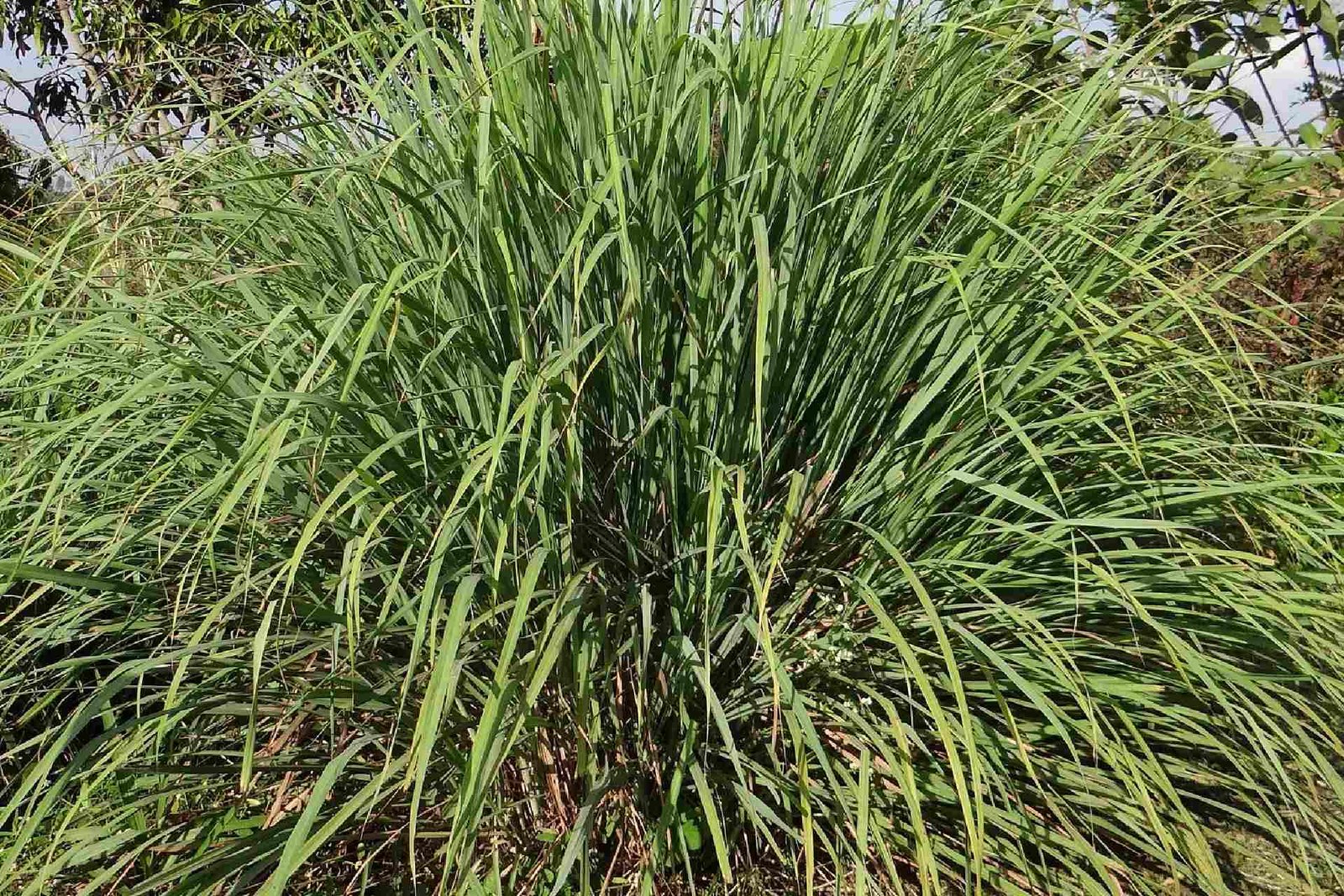
- States Grown In: Assam, Nagaland, Sikkim
- Market Size (Rupees): ₹300 Crore
- Popular Local Variant: East Indian Lemon Grass
- Crop Benefits: Digestive aid, anti-inflammatory
- Processing Variants: Dried, essential oil extraction
- Value-Added Products: Herbal teas, essential oils
- Economic Benefits: High demand in wellness and personal care markets
- Best Farming Method: Organic cultivation with drip irrigation
- Current Trend: Growing interest in essential oils and herbal remedies
Orange – Vitamin C Booster
Oranges from Northeast India, particularly from Arunachal Pradesh and Meghalaya, are known for their juiciness and rich flavor. Organic oranges from these regions fetch a premium due to the minimal use of pesticides and chemicals, making them ideal for export. These oranges are often used for fresh consumption, but they are also processed into juice, marmalades, and dried orange peels for culinary uses.

- States Grown In: Arunachal Pradesh, Meghalaya
- Market Size (Rupees): ₹900 Crore
- Popular Local Variant: Khasi Mandarin
- Crop Benefits: Rich in Vitamin C, boosts immunity
- Processing Variants: Juices, dried peels
- Value-Added Products: Marmalade, orange juice concentrate
- Economic Benefits: High demand in domestic and export markets
- Best Farming Method: Organic pest control, mulching
- Current Trend: Growing demand for organic fruit juices and health products
Pineapple – Tropical Sweetness
Pineapples from Assam and Nagaland are a tropical delight, known for their sweetness and tangy flavor. Organic pineapples are in high demand for both fresh consumption and processed products like jams, syrups, and dried pineapple. Their rich antioxidant content adds to their health benefits, making them a favorite in health food markets.

- States Grown In: Assam, Nagaland, Manipur
- Market Size (Rupees): ₹600 Crore
- Popular Local Variant: Queen Pineapple
- Crop Benefits: High in antioxidants, boosts digestion
- Processing Variants: Jams, canned pineapple
- Value-Added Products: Pineapple juice, dried pineapple
- Economic Benefits: High demand in both fresh and processed forms
- Best Farming Method: Organic mulching and natural fertilizers
- Current Trend: Increasing export of organic pineapple products
Banana – Potassium-Packed Fruit
Organic bananas from Northeast India, especially from Assam and Mizoram, are famous for their sweet flavor and nutrient-rich content. This versatile fruit is grown organically using composting techniques, and its demand in the domestic and export markets is on the rise. Bananas are processed into chips, banana flour, and even banana-based beverages.

- States Grown In: Assam, Mizoram, Meghalaya
- Market Size (Rupees): ₹700 Crore
- Popular Local Variant: Bhim Kol
- Crop Benefits: High in potassium, good for digestion
- Processing Variants: Banana chips, dried bananas
- Value-Added Products: Banana flour, banana wine
- Economic Benefits: Steady demand for fresh and processed products
- Best Farming Method: Composting, natural mulching
- Current Trend: High demand for organic banana-based snacks
Mustard – Heart-Healthy Oil
Mustard is not only used as a spice but also cultivated for its oil, which is a kitchen staple across India. Organic mustard is cultivated widely in Assam, Nagaland, and Meghalaya using crop rotation techniques. The mustard seeds are processed into oil, and its demand has increased significantly due to its health benefits, particularly in reducing cholesterol levels.

- States Grown In: Assam, Nagaland, Meghalaya
- Market Size (Rupees): ₹800 Crore
- Popular Local Variant: Yellow Mustard
- Crop Benefits: Heart health, lowers cholesterol
- Processing Variants: Mustard oil extraction
- Value-Added Products: Cold-pressed mustard oil, mustard sauces
- Economic Benefits: High demand for organic mustard oil
- Best Farming Method: Crop rotation with legumes
- Current Trend: Increasing use of organic mustard oil for cooking and health
Soya Bean – Plant-Based Protein
Organic soybeans from Northeast India, especially from Manipur and Assam, are gaining popularity due to their versatility. They are used in making tofu, soy milk, and a variety of protein-rich products. The rise in plant-based diets globally has increased the demand for organic soybeans, especially in processed forms like soy flour and protein isolates.
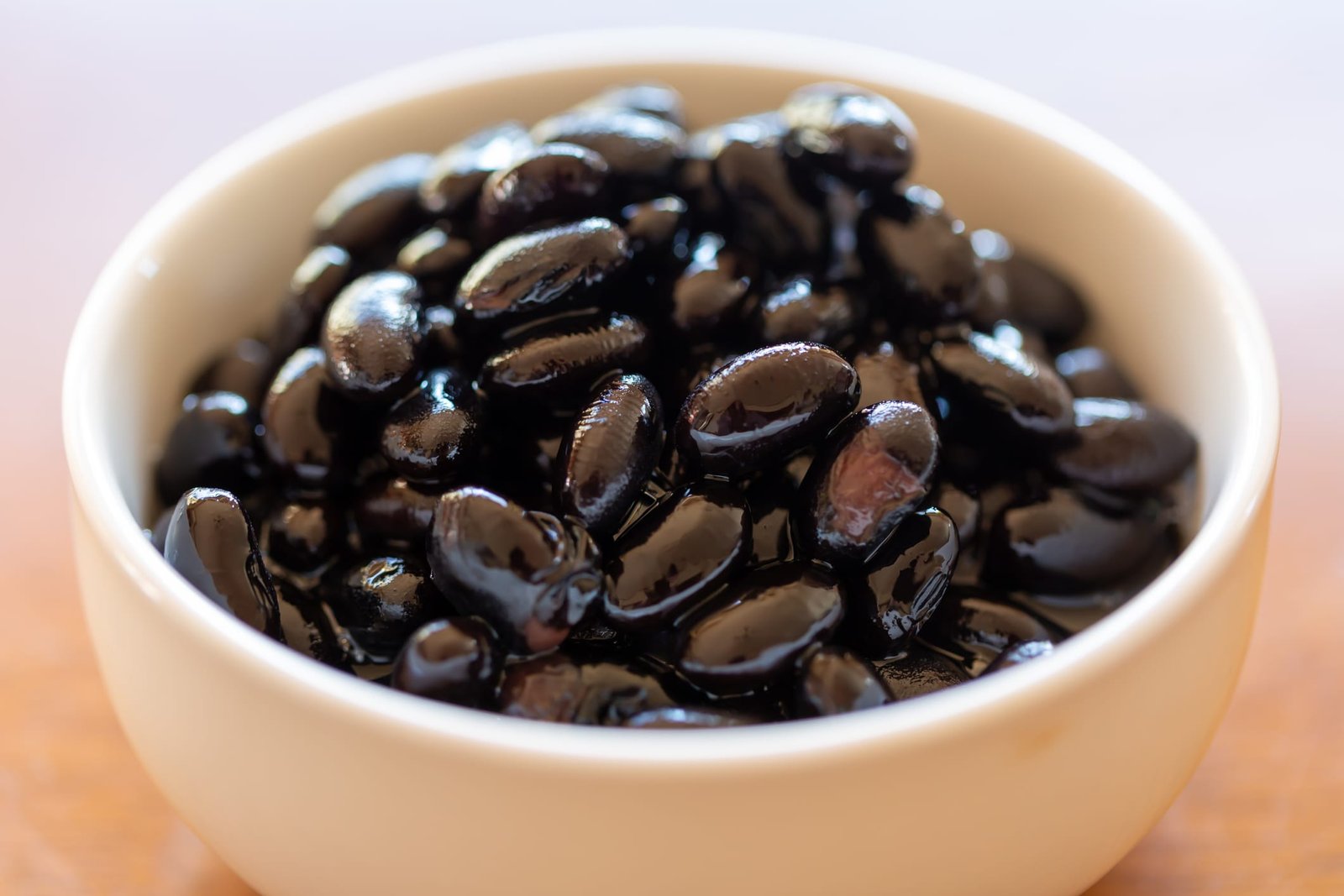
- States Grown In: Manipur, Assam, Nagaland
- Market Size (Rupees): ₹1,200 Crore
- Popular Local Variant: Black Soybean
- Crop Benefits: High protein content, good for heart health
- Processing Variants: Soy flour, soy milk
- Value-Added Products: Tofu, soy protein isolates
- Economic Benefits: High demand in plant-based and vegan markets
- Best Farming Method: Organic farming with nitrogen-fixing legumes
- Current Trend: Growing demand for plant-based proteins
Broom Grass – Eco-Friendly Fiber
Broom grass, locally known as Thysanolaena maxima, is a key non-timber forest product in states like Meghalaya and Assam. It is cultivated organically and used to make eco-friendly brooms that are in high demand domestically and internationally. Apart from its utility, broom grass also helps in soil conservation, making it environmentally beneficial as well as profitable.

- States Grown In: Meghalaya, Assam, Nagaland
- Market Size (Rupees): ₹200 Crore
- Popular Local Variant: Thysanolaena maxima
- Crop Benefits: Soil conservation, eco-friendly
- Processing Variants: Dried broom grass
- Value-Added Products: Eco-friendly brooms, handicrafts
- Economic Benefits: High demand in eco-friendly markets
- Best Farming Method: Organic cultivation on slopes
- Current Trend: Growing interest in eco-friendly and sustainable products
Cabbage – Fiber-Rich Veggie
Cabbage is widely cultivated in the fertile soils of Assam, Nagaland, and Meghalaya. Known for its nutritional value and high fiber content, organic cabbage is a popular vegetable both in domestic and export markets. It is used fresh in salads and cooked dishes, while processed cabbage is turned into sauerkraut and pickles.

- States Grown In: Assam, Nagaland, Meghalaya
- Market Size (Rupees): ₹500 Crore
- Popular Local Variant: Early Drumhead
- Crop Benefits: High in fiber, supports digestion
- Processing Variants: Pickled, fermented
- Value-Added Products: Sauerkraut, kimchi
- Economic Benefits: High demand in health food markets
- Best Farming Method: Organic fertilization and mulching
- Current Trend: Growing popularity of fermented cabbage products
Pea – Protein-Packed Legume
Organic peas, particularly the snow pea variety, are grown in the hilly regions of Manipur and Sikkim. This versatile legume is prized for its protein content and is often consumed fresh, frozen, or processed into snacks. Organic peas are in high demand due to their health benefits, including their role in reducing cholesterol and promoting heart health.

- States Grown In: Manipur, Sikkim
- Market Size (Rupees): ₹300 Crore
- Popular Local Variant: Snow Pea
- Crop Benefits: High in protein, cholesterol-lowering
- Processing Variants: Frozen, dried
- Value-Added Products: Pea snacks, pea protein powder
- Economic Benefits: Steady demand in both fresh and processed forms
- Best Farming Method: Crop rotation and organic fertilization
- Current Trend: Increasing use in plant-based protein products
Pumpkin – Vitamin A Superfood
Pumpkin, a staple in Northeast India, is grown organically and consumed widely for its health benefits, particularly its rich vitamin content. Organic pumpkins are sold fresh, but they are also processed into pumpkin puree, pumpkin seeds, and pumpkin powder, which are highly sought after in health food markets.

- States Grown In: Assam, Meghalaya, Manipur
- Market Size (Rupees): ₹400 Crore
- Popular Local Variant: Assam Giant Pumpkin
- Crop Benefits: High in Vitamin A, supports eye health
- Processing Variants: Puree, seeds
- Value-Added Products: Pumpkin flour, pumpkin seed oil
- Economic Benefits: High demand for organic pumpkin-based products
- Best Farming Method: Organic mulching and composting
- Current Trend: Rising demand for pumpkin seeds and puree
Jackfruit – Vegan Meat Substitute
Jackfruit, known as the “vegetable meat” of Northeast India, is one of the largest fruits grown organically in states like Assam, Tripura, and Meghalaya. Its flesh is sweet and fibrous, making it versatile for fresh consumption as well as in processed products. Due to its meat-like texture, jackfruit has become immensely popular in vegan and plant-based food markets around the world. Both the raw and ripe variants are used, and the seeds are also processed into flour and snacks.

- States Grown In: Assam, Tripura, Meghalaya
- Market Size (Rupees): ₹350 Crore
- Popular Local Variant: Khasi Jackfruit
- Crop Benefits: High in fiber, boosts immunity
- Processing Variants: Dried, canned, powdered seeds
- Value-Added Products: Jackfruit flour, chips, vegan meat alternatives
- Economic Benefits: Rising demand in vegan and health food markets
- Best Farming Method: Organic composting and natural fertilizers
- Current Trend: Increasing use in plant-based and meat substitute products
Betel Leaf – Medicinal Herb
Betel leaf holds significant cultural and medicinal value in Northeast India. Grown organically in Assam and Meghalaya, it is used in traditional medicine, religious rituals, and as a mouth freshener. Betel leaves are rich in antioxidants and are used in both raw and processed forms. Its growing popularity as a natural breath freshener and medicinal herb has opened up new markets, particularly in Southeast Asia.

- States Grown In: Assam, Meghalaya
- Market Size (Rupees): ₹250 Crore
- Popular Local Variant: Sanchi Betel
- Crop Benefits: Antioxidant-rich, aids digestion
- Processing Variants: Dried, powdered
- Value-Added Products: Betel leaf oils, breath fresheners
- Economic Benefits: High demand in traditional medicine and wellness markets
- Best Farming Method: Organic shade-grown techniques
- Current Trend: Increased interest in herbal and natural health products
Potato – Versatile Staple
Potatoes are a staple food in Northeast India, particularly in states like Assam, Sikkim, and Meghalaya, where they are grown using organic farming practices. Organic potatoes are favored for their rich flavor and nutritional content, free from synthetic pesticides. Potatoes are processed into a variety of products, including chips, mashed potato powder, and potato starch. Their versatility in both fresh and processed forms makes them highly valuable in domestic and export markets.

- States Grown In: Assam, Sikkim, Meghalaya
- Market Size (Rupees): ₹1,500 Crore
- Popular Local Variant: Kufri Jyoti
- Crop Benefits: High in carbohydrates and vitamins
- Processing Variants: Chips, mashed powder, starch
- Value-Added Products: Potato chips, frozen fries, potato starch
- Economic Benefits: High demand in processed food and snack industries
- Best Farming Method: Organic mulching and crop rotation
- Current Trend: Increasing use in processed snack products and frozen foods
Conclusion: Profitable and Sustainable Future with Organic Crops
Northeast India’s unique geography, climate, and rich soil make it a prime location for cultivating a diverse range of organic crops. From the spicy heat of ginger and Bhut Jolokia to the antioxidant-rich black rice and medicinal properties of turmeric, these top 20 crops not only thrive in the region but also bring substantial economic benefits to local farmers. Organic farming in Northeast India provides an opportunity for sustainable agriculture while tapping into high-demand markets both domestically and globally.
Crops like cardamom, pineapple, and tea have global appeal, while more niche products like jackfruit, betel leaf, and bamboo shoots find increasing demand in specialized health and wellness sectors. The region’s organic farming practices emphasize sustainability through techniques like mulching, crop rotation, and composting, allowing farmers to maintain soil health, reduce chemical inputs, and promote biodiversity.

Whether you’re looking to start organic farming or expand your current practices, these top 20 organic crops offer a roadmap for success. With rising consumer demand for organic produce, the future of farming in Northeast India looks both profitable and sustainable, ensuring long-term benefits for both the environment and the local economy.
By integrating these crops into your farming system, you’re not only contributing to environmental preservation but also positioning yourself for success in a growing organic market.
FAQ Section
What are the top organic crops?
The top organic crops in Northeast India include ginger, turmeric, black rice, cardamom, pineapple, tea, mustard, jackfruit, bamboo shoots, and betel leaf. These crops are not only high in demand but also fetch premium prices in both domestic and international markets.
Which organic food is in demand?
Organic foods like turmeric, ginger, black rice, green tea, and mustard oil are highly in demand due to their health benefits and sustainable farming methods. The rise in health-conscious consumers has boosted the demand for organic produce globally.
Which organic farming is profitable?
Crops such as turmeric, ginger, black rice, and cardamom are particularly profitable in Northeast India. These crops have a high market value, especially in the export market, and are grown using sustainable, organic methods that reduce input costs and boost long-term yields.
What crops are grown in organic farming?
In organic farming, a wide variety of crops are grown, including vegetables (e.g., cabbage, peas), fruits (e.g., pineapple, banana), spices (e.g., ginger, turmeric, cardamom), and grains (e.g., black rice, soybeans). These crops are cultivated without synthetic fertilizers or pesticides, emphasizing natural growth methods
What are 3 foods you should always buy organic?
It’s recommended to always buy leafy greens (like spinach), berries (such as strawberries), and apples organic due to their high exposure to pesticides in conventional farming. Organic versions of these foods reduce your intake of harmful chemicals.
What are the 4 types of organic food?
The four main types of organic food are:
1. Fruits and vegetables (e.g., apples, spinach)
2. Grains and cereals (e.g., oats, black rice)
3. Dairy products (e.g., organic milk, cheese)
4. Meat and poultry (e.g., organic chicken, grass-fed beef)
What are 9 benefits of organic food?
Nine benefits of organic food include:
1. No synthetic pesticides
2. Higher nutrient content
3. Supports local farmers
4. Better for the environment
5. No GMOs
6. Reduces water contamination
7. Preserves biodiversity
8. Fresher produce
9. Safer for pollinators like bees
What are 6 benefits of organic farming?
Six benefits of organic farming are:
1. Improves soil health through natural composting
2. Reduces pollution by eliminating chemical fertilizers
3. Promotes biodiversity in crops and wildlife
4. Uses less energy compared to conventional farming
5. Increases farm resilience to climate change
6. Yields healthier, chemical-free food for consumers
